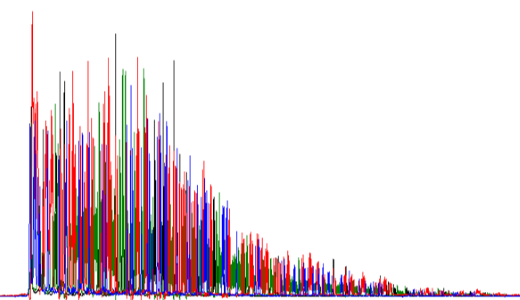Frederick Sanger was a biochemist who invented a proficient DNA sequencing method known as Sanger sequencing, along with his colleagues, in 1977. The main goal of this gene sequencing method is to determine the sequence of nucleotide basis in DNA strands. Sanger sequencing is known for delivering a 99.99% base accuracy, which makes it one of the main choices for optimum validation in the genetics field. When the main aim is to understand how the genes carry out information, Sanger sequencing is considered to be the gold standard.
How Sanger Sequencing Works
There are two ways to carry out Sanger sequencing; it can either be done manually or with the use of a sequencing machine. The use of automated equipment for Sanger sequencing is more common compared to doing it manually, and is typically used by companies like Source Bioscience which provide Sanger sequencing services. Source Bioscience delivers the fastest turnaround times and high-quality sequencing with an ordering process that is fast and easy to use.
Steps Involved in Sanger Sequencing
These are the processes that are typically involved in Sanger sequencing:
1. Chain Termination PCR DNA Template Production
The first step is the production of a DNA template for a distinct PCR type known as a chain termination PCR. This works similar to a standard PCR, but with one main difference in the use of di deoxyribonucleotides, a type of modified nucleotides. These are added to a growing DNA strand by the DNA polymerase, which catalyses formation of phosphodiester bonds between nucleotides.
2. Size Grading Via Gel Electrophoresis
The second step in Sanger sequencing involves separating chain-terminated oligonucleotides. This is done with gel electrophoresis based on size. The DNA samples are loaded onto a gel matrix on one end, and an electric current is put through the mixture. Since a negative charge is carried by DNA, the samples should be attracted to the opposite end. Analysing the speed at which the gene molecules move is the only way to determine their size since they will have the same unit per mass. This allows them to be arranged from smallest to largest.
3. Gel Reading and DNA Sequence Analysis
The final step involves the analysis of the gel for resultant DNA determination. DNA polymerase is only able to synthesise DNA in the direction of 5’ or 3’, beginning from the region where primer is incorporated. Because of this, each ddNTP corresponds to the complementary basis that were present in the original sequence of DNA.
Even with the development of more recent DNA sequencing technologies such as third-generation and next-generation sequencing, Sanger sequencing is a common choice in elaborates and is used extensively in the industry as it has many benefits. Not only is it a cost-effective method, but it also has a 99.99% accuracy. It allows for the targeting of small genomic regions that belong to a larger number of samples and allows the sequencing of a variety of regions to be carried out. It can be used in the identification of viruses that cause a single disease.

